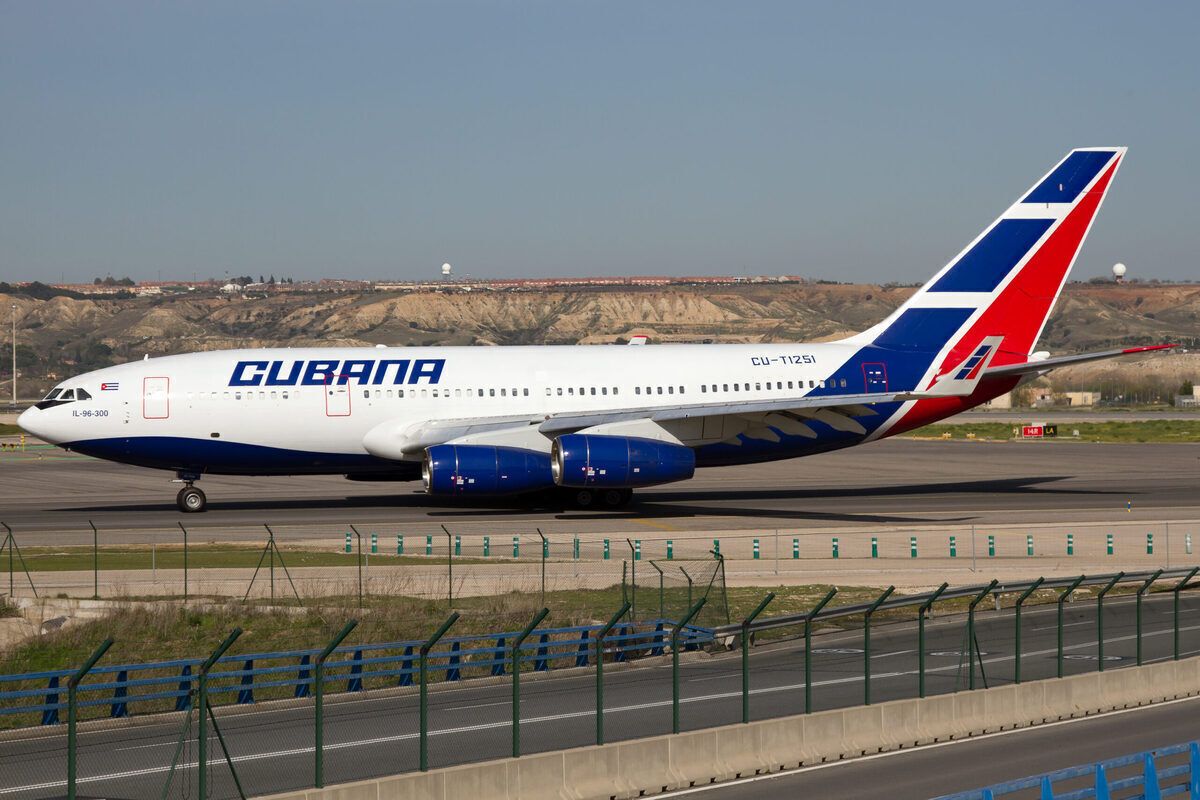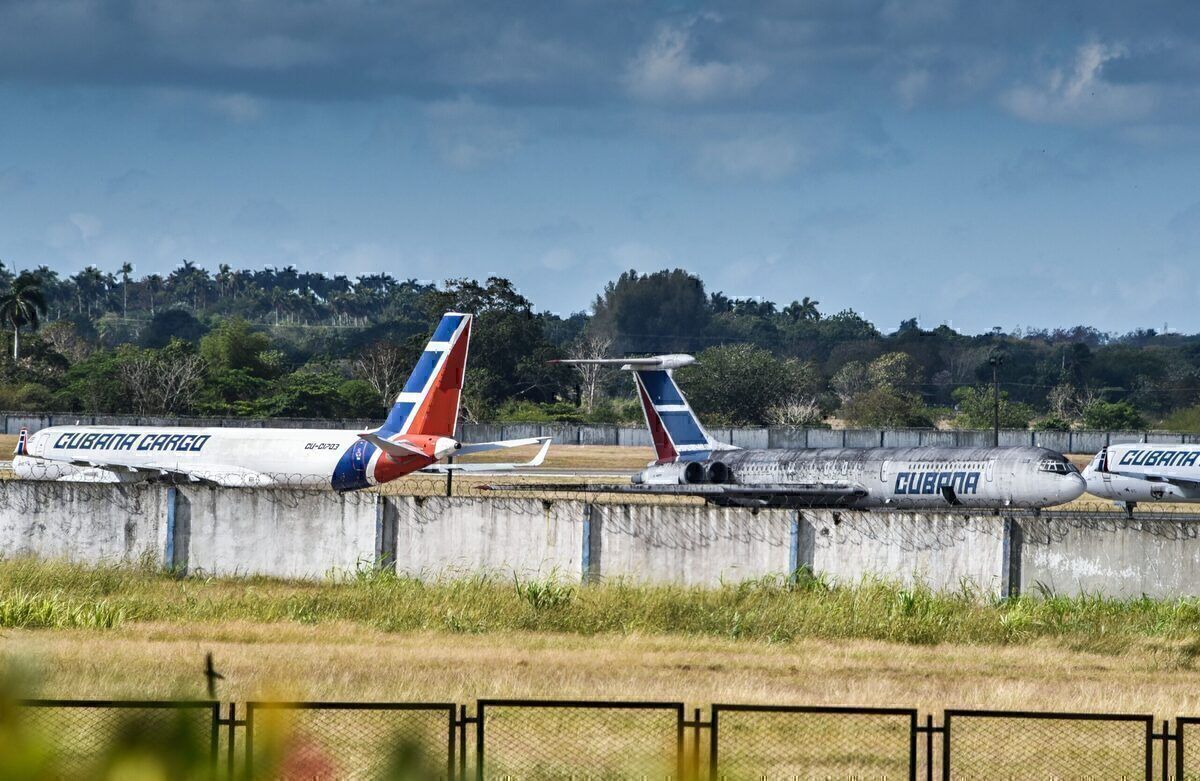Cubana is one of the oldest airlines globally, having been founded alongside several US airlines by an American financier. Since then, the carrier has changed with the political winds of Cuba, with much of the fleet and destination dictated by sanctions and strong ties. Here's a look at the history of Cubana.
Part of a trend
Cubana de Aviación was founded by Clement Melville Keys, an American businessman who founded several aviation companies. Cubana came about in 1929, alongside big names like TWA, manufacturer Curtiss-Wright, and other brands funded by Keys. Initially a flying school and charter service, the airline became a scheduled airline in 1930.
The airline began operations using a Curtiss Robin, Lockheed Model 10, and a few more planes to provide domestic services within Cuba. Based out of Havana, the airline offered connections to Guantanamo, Santiago, and more cities. In 1932, Cubana was purchased by Pan Am due to its growing cargo business.
Cubana's income mainly came from mail services, with passenger traffic still limited to a privileged few. However, this changed over the next two decades, with the fleet size growing to over a dozen in the 1940s. Cubana's first US route was Miami in 1945, flown by the newly acquired Douglas DC-3s. The larger DC-4s were used on hopping routes to Europe, with Madrid and Rome as early destinations by Cubana.
Pan Am's investment helped the carrier grow drastically, but in 1944, the airline sold a majority stake to private Cuban investors. This paved the way for Cubana to be the flag carrier for years until a big change took place.
Nationalization
The Communist takeover of Cuba in 1959 saw the end of all private airline ownership, with the government taking over Cubana, merging it with other airlines, and branding it as the new flag carrier. Sanctions quickly followed, and in 1961, the US formally ended relations with Cuba, leading to a blockade and huge sanctions.
At this point, the airline's new leadership decided to rely on allies Soviet Union for its aviation requirements. The fleet quickly went from Douglas and Britannia planes to Antonov and Ilyushin aircraft. By the 1970s, Cubana had focused its schedule on Latin America and the Caribbean, with the US and Europe off-limits due to the Cold War. The An-26, An-24, Il-62, and Tu-154s became the most common planes, marking the transition to an all-Soviet fleet in the 1970s.
Today
Looking at Cubana today, it's clear that the airline is still struggling to reach its potential. The airline operates a fleet of 12 planes, consisting of two ATR 72s, six An-158s (all parked), three Il-96s (two parked), and four Tu-204s (three parked). As the pandemic eases, more planes will return to service from Havana, but it is clear that Cubana needs a major restructuring to modernize itself and return to past glories.
Have you ever flown with Cubana before? Let us know in the comments!


-1.jpeg)
